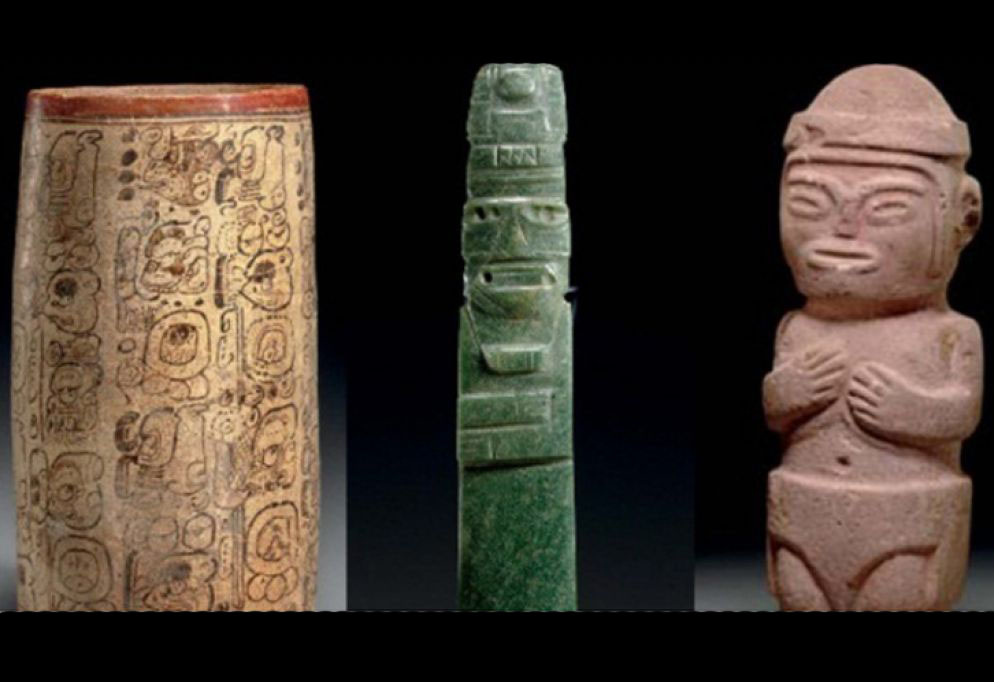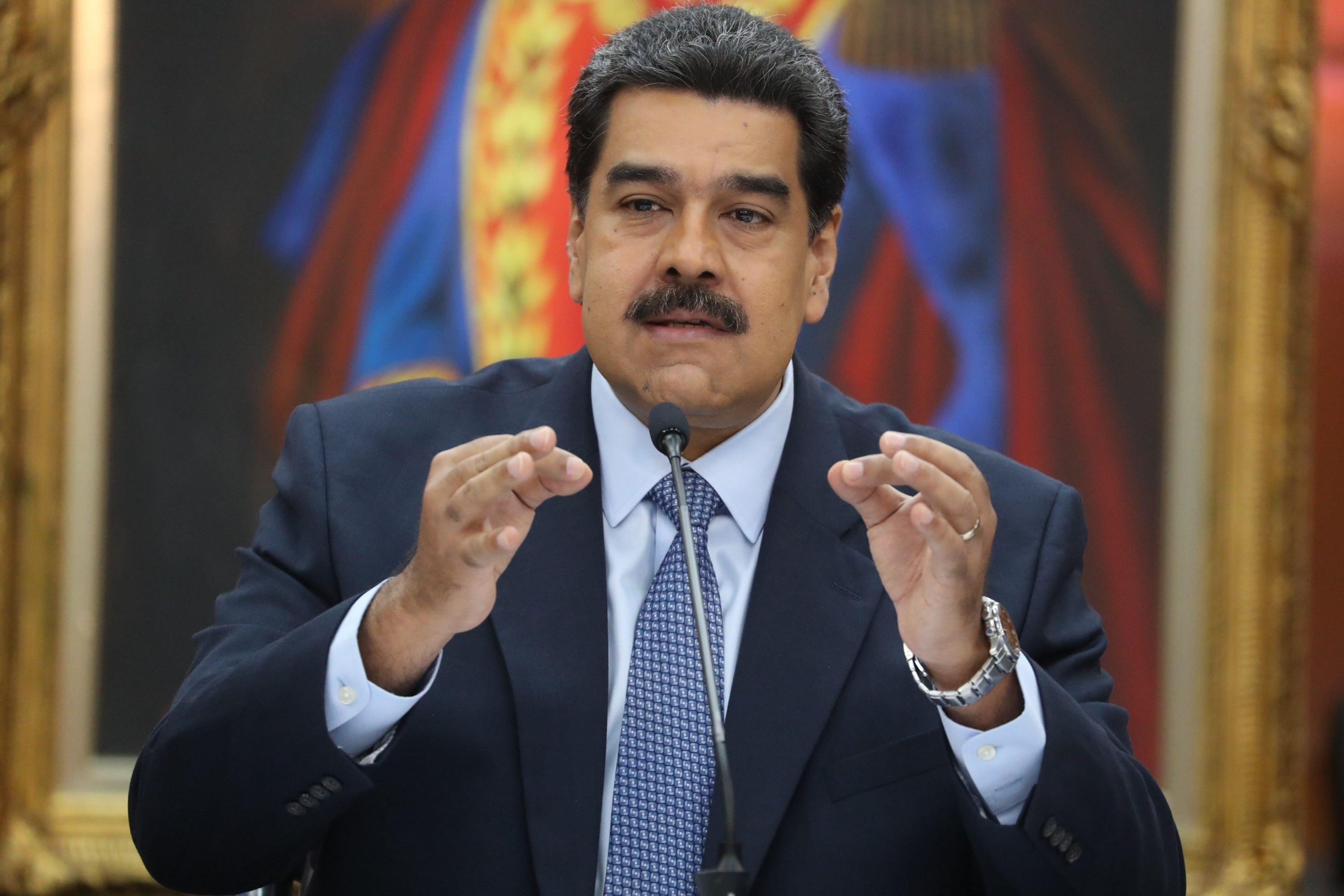NOTE FROM THE EDITOR:
Dear readers,
Have you wondered what the government was created for and is it for? Phrases like this: “the very raison d’etre of the government is to undermine, skew and other things. The government, after all, is a claim of ownership over a geographical territory by a cartel of criminals, and gives them the right to impose restrictions on the inhabitants of the regions “, and below we can read for those who were created the government. Written by investigative journalist, James Corbett, this article describes many and other questions that perhaps had not yet been elaborated in our store of ideas. – Marvin R.
by James Corbett
corbettreport.com
It’s no secret that governments hate the free market. At its base, every single government tax, license, regulation and restriction is an implicit rebuke of the idea that humans should be able to interact freely with those around them.
This is old news to my long-term readers, but it bears repeating because many have been duped by the purveyors of socialist dogma to believe that free interactions between sovereign individuals is a scourge that must be eradicated. Because, you see, the fact that food, clothing, shelter, health care and the means of production don’t magically rain from the sky into the lap of every person on the planet means that any attempt to exchange your skills and services with another in return for compensation is slavery. (No, this is not an analogy, it’s LITERAL SLAVERY, guys!).
The words “free market” have become so tainted in modern economic discourse that their very mention tends to evoke a slew of supposedly related and equally hated terms. “Capitalism” and “big business” and “banker” are thrown together in a stew with “free market” so that anyone who talks positively about voluntary transactions between free people in a positive manner is obviously a poor-hating fat cat who lights his cigars with $100 bills and dines on the tears of beggars.
But here’s a puzzler for the socialists in the crowd: Why is it that the very banksters that they so rightfully rage against are in fact their biggest allies in the fight against the free market?
I know this perfectly straightforward observation will come as a shock to some of my readers, so let’s break it down.
As I’ve already stated, we know that the very raison d’être of government is to undermine, skew, and otherwise hamper free exchange among its citizens. Government, after all, is a claim of ownership over a geographical territory by a cartel of crooks. That claim (according to the cartel and its defenders) gives the mafia the right to set rules for and impose restrictions on the inhabitants of that region. To understand how the gang of crook wields this power over the free market, one merely has to examine the history of the creation of the FDA or the ugly truth about the minimum wage or the nitty gritty details of how the financial regulators really operate.
But it would be folly to conclude from the simple observation that government is put in place to fleece the public that the politicians are the ones who benefit from this extortion scheme. Quite the contrary. The politicians are the punching bags that are put out for the public to lay into, expendable fall guys who are put in place merely to allow an enraged populace to let off steam without ever threatening the real rulers of the system. As Quigley observed long ago:
The argument that the two parties should represent opposed ideals and policies, one, perhaps, of the Right and the other of the Left, is a foolish idea acceptable only to doctrinaire and academic thinkers. Instead, the two parties should be almost identical, so that the American people can “throw the rascals out” at any election without leading to any profound or extensive shifts in policy.
So if interventions in the free market aren’t merely about lining the pockets of the political puppets, then who does this system really benefit?
Well, the big business monopolists, of course. Not only do we have the examples cited above (the FDA, the minimum wage, etc.) of big businesses benefiting from governments regulating their competitors out of the marketplace, but my Big Oil documentary is a case study in how an entire industry can grow up in conjunction with governmental institutions whose function is to cement big businesses in place as ruling monopolists. Oh, how the Rockefellers fell when the Supreme Court split up Standard Oil, hey?
But more to the point, the foundation of our economy lies neither in the politicians nor in the big business monopolists whose back pocket they rest in. It’s in the bankster class that creates the money out of nothing and loans it out (at interest, of course) to those cronies they wish to succeed in the phony baloney economy. And it is for this very reason that the central bankers are always the ones arguing for greater “governmental” power over the economy. Because, in the end, the government is just the mask that they wear to conceal their true face from the public.
Viewers of my Century of Enslavement documentary will already know all about this. When Morgan and his fellow Wall Street moneylenders knew that the public was fed up with the amount of control that they wielded over the country, they willingly put on the “chains” of a centralized, governmental institution. Rather than chain them down, though, the Federal Reserve that they created in fact benefited the banksters class. With the imprimatur of “government” behind their owned and controlled Fed monstrosity, Morgan and the fat cats now had control of a privately-owned central bank that could effectively privatize their profits and socialize their losses.
In the early years, the Fed was used to underwrite the military racketeering of the First World War and oversee the expansion of the bubble that was the Roaring Twenties. But with the Great Depression (which they helped to engineer), the banksters now found a new rallying cry for even further intervention in the markets: Keynesian engineering of the economy! For, you see, it was “free markets” that failed in the 1930s, so the answer was only to be found by greater “governmental” (bankster) control. This fallacious argument continues to influence economists to this day, so that the crisis of 2008 was down to a “lack of government regulation” or “the demise of Glass-Steagal” or whatever other scapegoat could be found. But the idea that the crisis was caused by government interventions in the free market? Why, that’s unthinkable!
This mentality has now pervaded society to the point where the public simply accepts that there is a central bank whose very mandate is to “foster economic conditions that achieve both stable prices and maximum sustainable employment.” And the only way it can possibly live up to that mandate is by interfering in the markets with their magic money out of nothing. Trump knows this; that’s why he decried the banksters’ interventions in the markets before he was president and now muses about how nice it would be if they intervened more now that he’s the don of the governmental mafia.
Many, many other examples can be cited showing how the bankers love to hate the free market, but perhaps no more shocking example exists than that documented in Antony C. Sutton’s book, Wall Street and the Bolshevik Revolution. In that work, Sutton demonstrates in meticulous detail how the Wall Street financiers aided and abetted the Bolsheviks, not because they had particular affinity for the communists’ professed ideals of equality and well-being, but because both groups shared a hatred for free markets and free peoples. After laying out the documentation of Wall Street’s support for the Bolshevik Revolution of 1917 over the course of 11 scrupulously documented chapters, Sutton concludes:
The question now in the readers’ minds must be, were these bankers also secret Bolsheviks? No, of course not. The financiers were without ideology. It would be a gross misinterpretation to assume that assistance for the Bolshevists was ideologically motivated, in any narrow sense. The financiers were power-motivated and therefore assisted any political vehicle that would give them an entree to power: Trotsky, Lenin, the tsar, Kolchak, Denikin — all received aid, more or less. All, that is, but those who wanted a truly free individualist society.
This is the plain truth of the matter: The bankers love whatever ideas, systems, beliefs and revolutionary movements will allow them to have more power over the lives of others. Central banks, regulatory bodies, rules, regulations, taxes; all of these are meant to constrain the bankers’ competition, not the bankers themselves. Having been created by and for the benefit of the bankers on the beliefs of the naive socialists who think that they could create a utopia if only they were the ones making the rules and intervening in the voluntary interactions of others, how could these market manipulations do anything but line the pockets and increase the power of the monopolists?
It’s the oldest trick in the book, but it still works. Every. Single. Time. And that’s why the bankers continue to use it.










